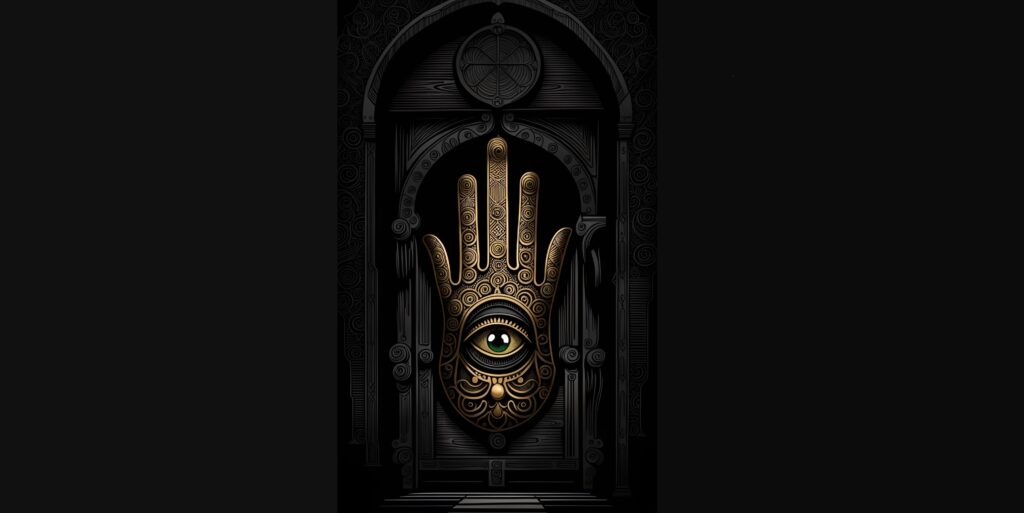How to Ward Your Home Against the Evil Eye and Negative Spirits

What are wards? Where does a ward get it’s power from? How do you use a ward? What is the Evil Eye? And what’s up with this ubiquitous hand?

What are wards? Where does a ward get it’s power from? How do you use a ward? What is the Evil Eye? And what’s up with this ubiquitous hand?